The United States military is renowned for its exceptional special operations forces, known for their unparalleled skill, unwavering dedication, and uncompromising excellence. These elite units, drawn from the finest soldiers, sailors, airmen, and Marines, represent the pinnacle of military prowess, capable of executing the most daring and high-stakes missions with surgical precision.

From the legendary Navy SEALs to the covert operatives of the CIA’s Special Activities Division, the US special forces are the embodiment of the nation’s strategic might and the ultimate guardians of its security.
Division Marine Recon
Emerging as one of the most formidable special operations units, the Marine Reconnaissance teams are the gems in the crown of the United States Marine Corps. Renowned for their intelligence-gathering capabilities and devastating small-unit tactics, these highly trained operators can harass an entire enemy battalion for extended periods, track enemy movements, or execute well-orchestrated raids on high-value targets.
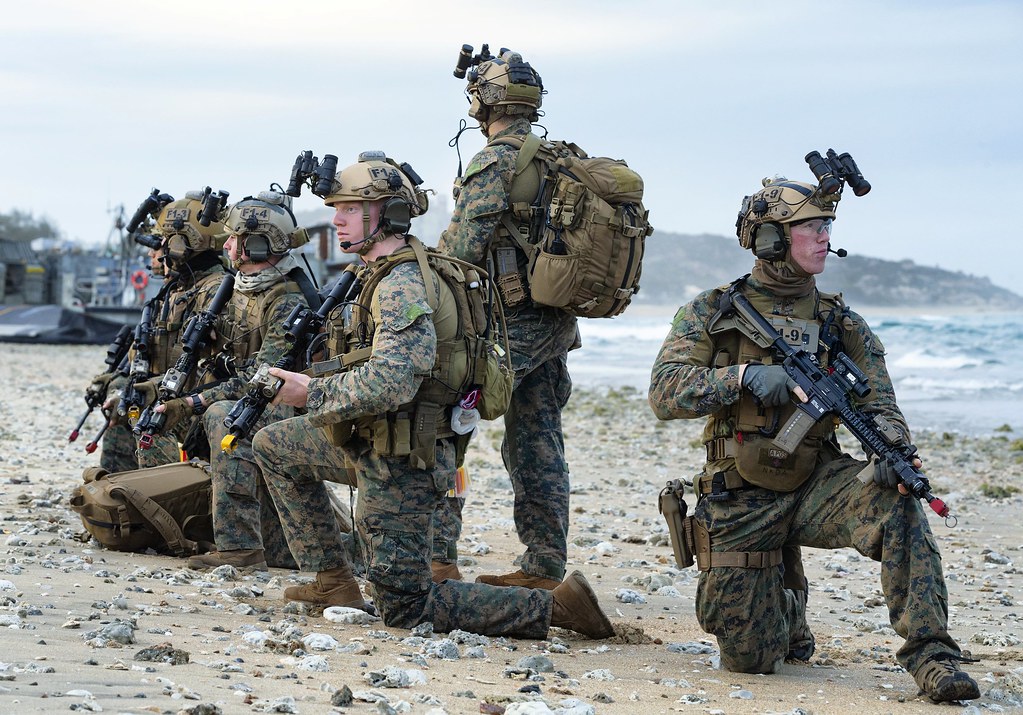
Possessing a diverse skillset that includes sniping, amphibious operations, and specialized reconnaissance, the Marine Recon forces are a force to be reckoned with on the modern battlefield.
Air Force Special Operations Weatherman
Defying conventional expectations, the Air Force Special Operations Weatherman is a unique breed of elite operators. These highly skilled individuals possess the remarkable ability to simultaneously forecast the weather, engage the enemy, and direct artillery fire – a testament to their exceptional multitasking prowess.
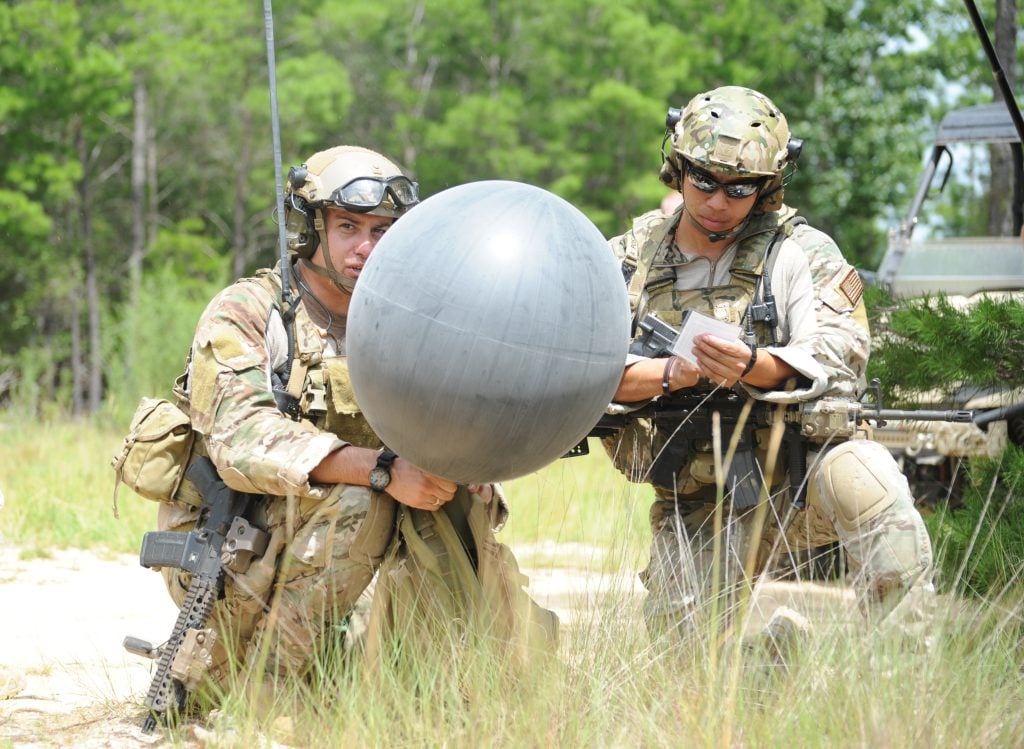
Serving as ground-level meteorologists, they provide accurate forecasts to ensure the effective deployment of air assets, seamlessly integrating their weather expertise with combat operations.
USMC Air Naval Gunfire Liaison Company (ANGLICO)
Though often overshadowed by the more prominent special operations units, the USMC Air Naval Gunfire Liaison Company (ANGLICO) commands respect for its unparalleled ability to coordinate devastating artillery and air-based firepower.
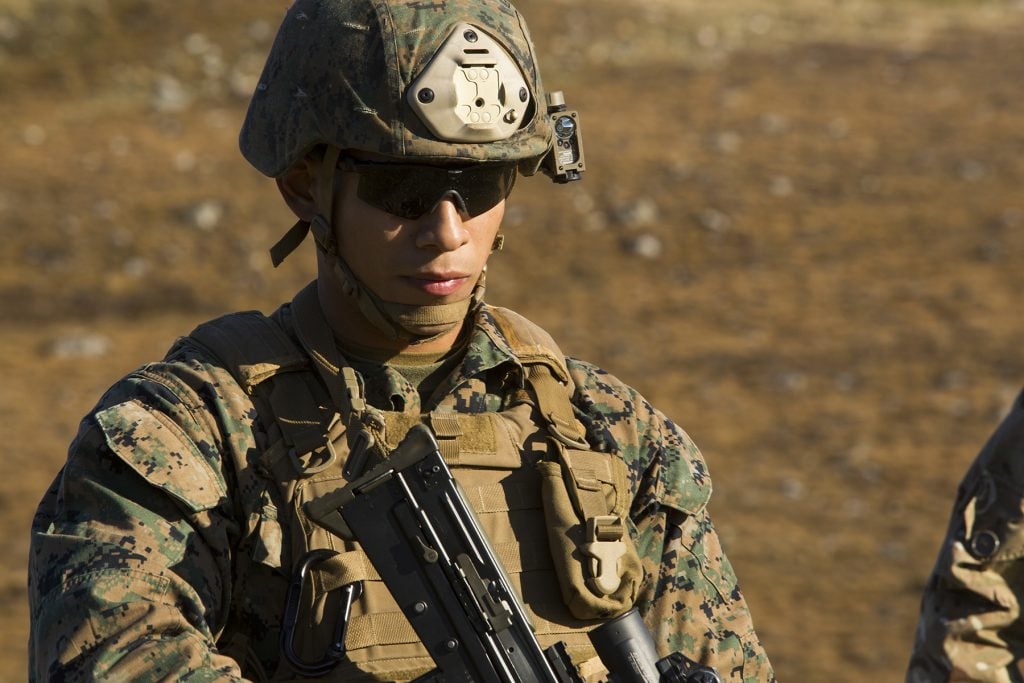
A single ANGLICO Marine can orchestrate a relentless barrage of fiery ordnance upon the enemy, showcasing their mastery of joint fires coordination and their vital role in supporting ground forces.
USMC Amphibious Recon Platoons
Drawn from the ranks of the Battalion Recon Units, the USMC Amphibious Recon Platoons are specialized in conducting critical reconnaissance and intelligence-gathering operations in support of naval and amphibious operations.
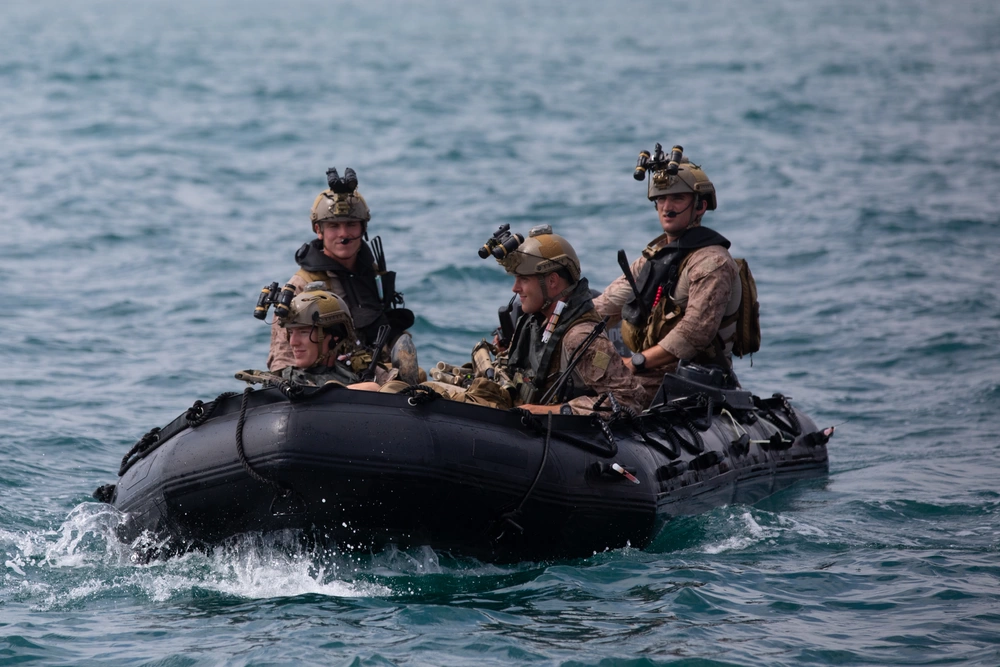
These highly trained Marines are tasked with determining the characteristics of potential landing beaches, reporting vital information to commanders at sea, and conducting hydrographic and terrain reconnaissance to ensure the success of amphibious assaults.
Air Force Combat Controllers
Regarded as one of the most elite units in the military, the Air Force Combat Controllers are independent operators who excel at stealthy insertion deep behind enemy lines.
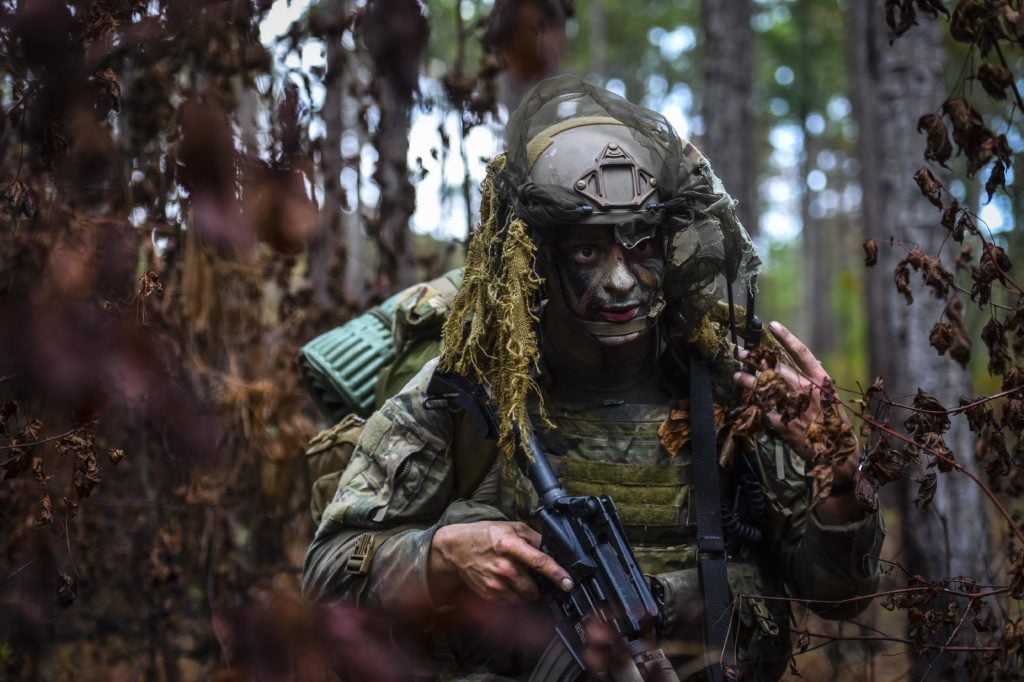
Serving as the critical link between ground forces and air support, these highly skilled individuals coordinate air strikes, direct close air support, and mark targets with precision, playing a pivotal role in America’s bombing campaigns and covert operations.
Army “Combined Applications Group”
Occupying the uncontested top spot among US special operations forces, the Army’s Combined Applications Group, often referred to as “Delta Force,” represents the pinnacle of military excellence.
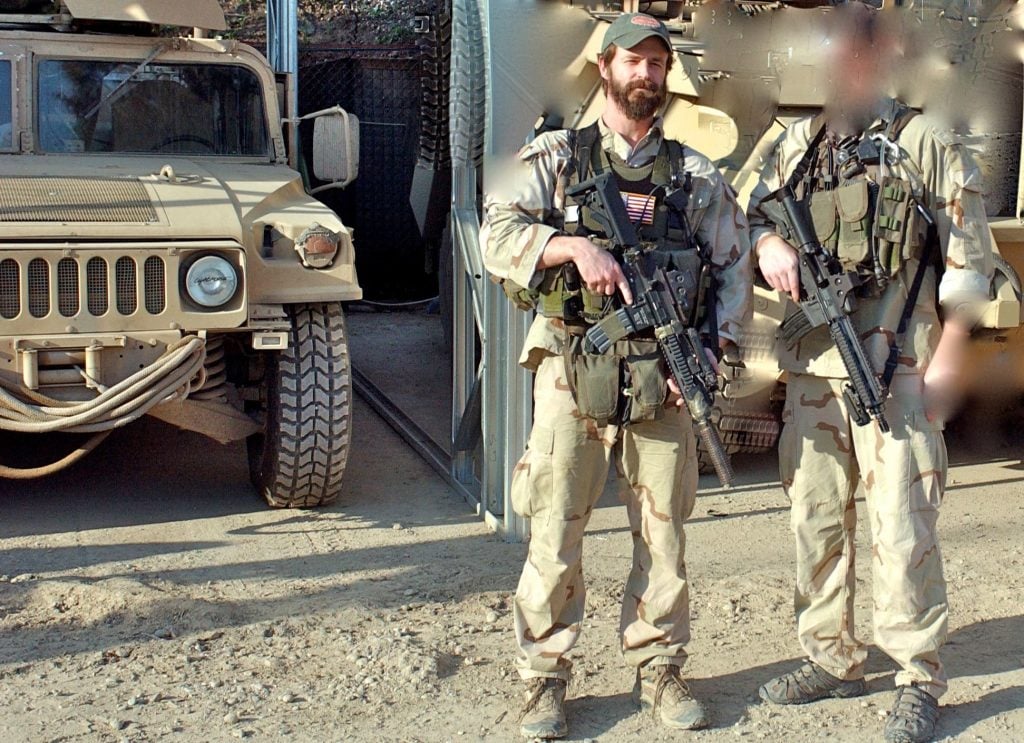
Drawn from the nation’s most prestigious special operations units, including the Navy SEALs, these operators undergo a rigorous selection process and training regimen that is second to none, preparing them for the most demanding and high-risk missions, whether during declared conflicts or in the shadows of covert operations.
US Navy SEALs
The legendary US Navy SEALs, with their iconic “Sea, Air, and Land” designation, are undoubtedly one of the most renowned special operations forces in the world. Comprising eight numbered teams, the SEALs are renowned for their expertise in a wide range of specialized skills, from underwater demolition and combat diving to advanced reconnaissance and direct-action missions.
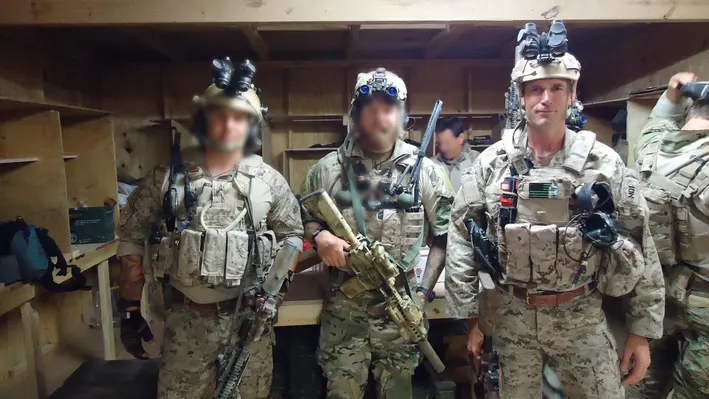
The grueling training pipeline, culminating in the demanding BUD/S (Basic Underwater Demolition/SEAL) course, ensures that only the most exceptional individuals earn the coveted SEAL trident.
SEAL Team Six (DEVGRU)
Considered the elite among the elite, SEAL Team Six, also known as the Naval Special Operations Development Group (DEVGRU), represents the pinnacle of naval special operations. Operating under the direct command of the Joint Special Operations Command (JSOC), these highly specialized SEALs are tasked with the most sensitive and high-stakes missions, including counterterrorism operations, close protection, and strategic reconnaissance.
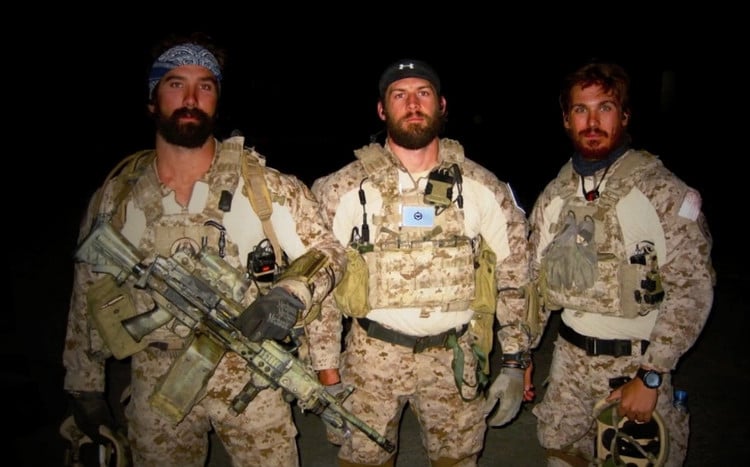
Their reputation and capabilities have earned them a revered status, second only to the Army’s Combined Applications Group.
Fleet Antiterrorism Security Teams (FAST)
While often underestimated due to their composition of regular infantry Marines, the Fleet Antiterrorism Security Teams (FAST) play a crucial role in the special operations landscape.
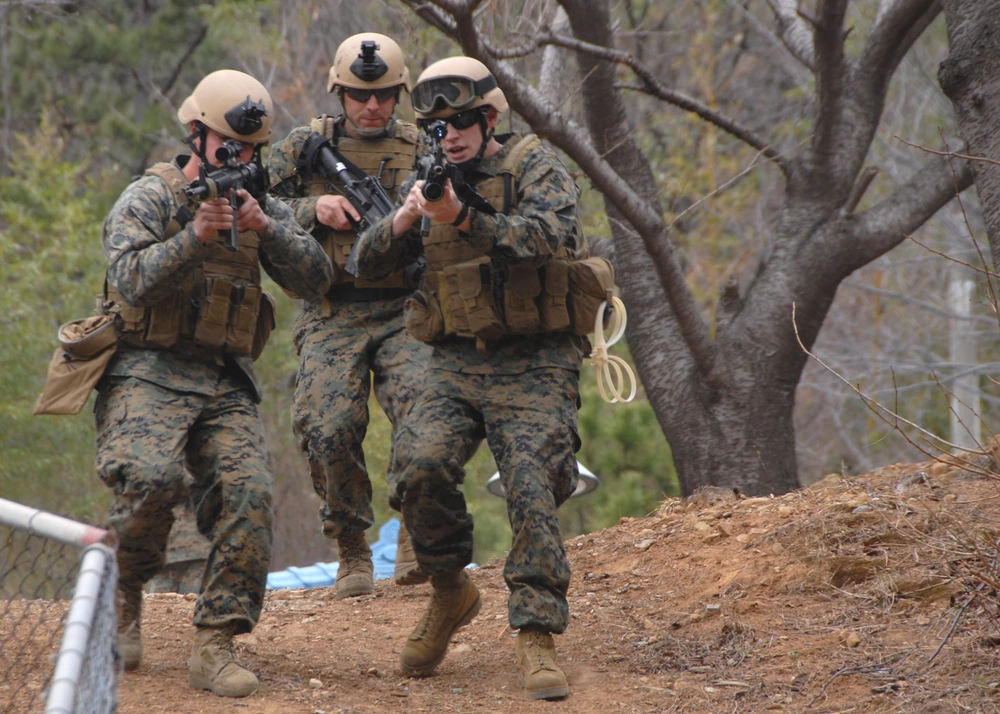
Skilled in counter-surveillance, physical security, urban combat, and close-quarters combat, these specialized units are primarily responsible for deploying and reinforcing American diplomatic missions and embassies, ensuring the protection of vital assets and personnel.
Force Reconnaissance Marines
Falling just behind the numbered SEALs and the Army’s Delta Force in the hierarchy of elite US special operations units, the Marine Corps Force Reconnaissance companies are a formidable force in their own right.
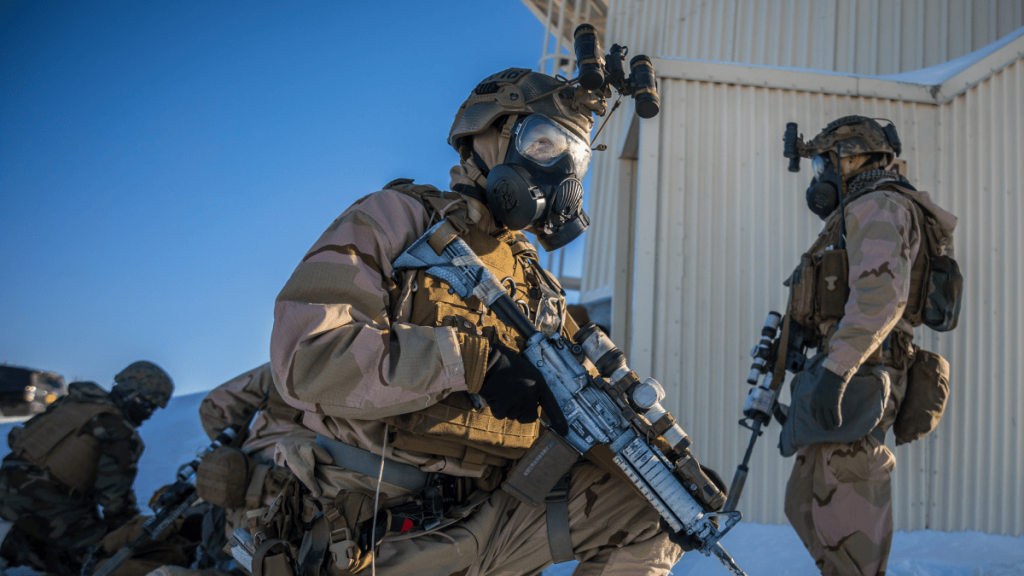
Highly trained in a wide range of specialized skills, from combat diving and parachuting to survival and reconnaissance, these operators often find themselves tasked with the most sensitive and high-impact missions, directly supporting the Marine Expeditionary Force commander or the Naval Strike Group commander.
Marine Special Operations Command (MARSOC)
Comprising former Recon and Infantry Marines, the Marine Special Operations Command (MARSOC) represents the Marine Corps’ contribution to the US Special Operations Command (SOCOM).
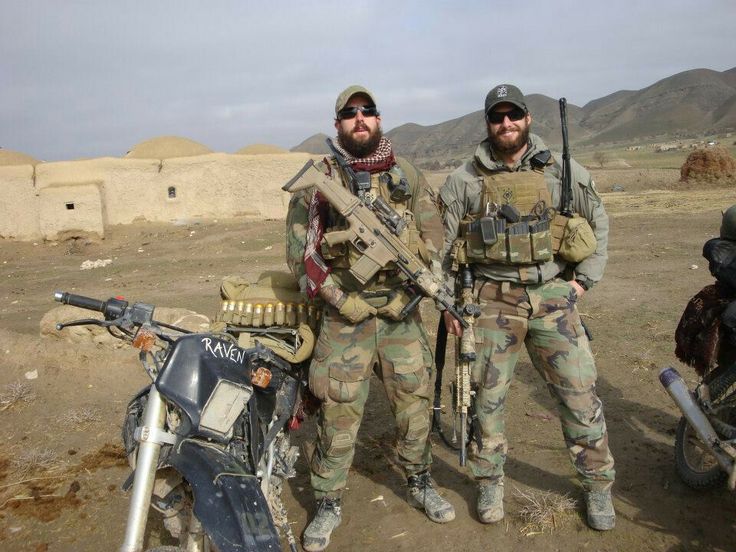
Though not without its critics within the traditional Marine Corps structure, MARSOC operators undergo a rigorous assessment and selection process, followed by an intensive training regimen that covers a diverse range of competencies, from amphibious operations and urban combat to irregular warfare.
The Maritime Raid Force (MRF)
In response to the growing threat of piracy, the US Navy established the Maritime Raid Force, a specialized unit tasked with countering these criminal activities.
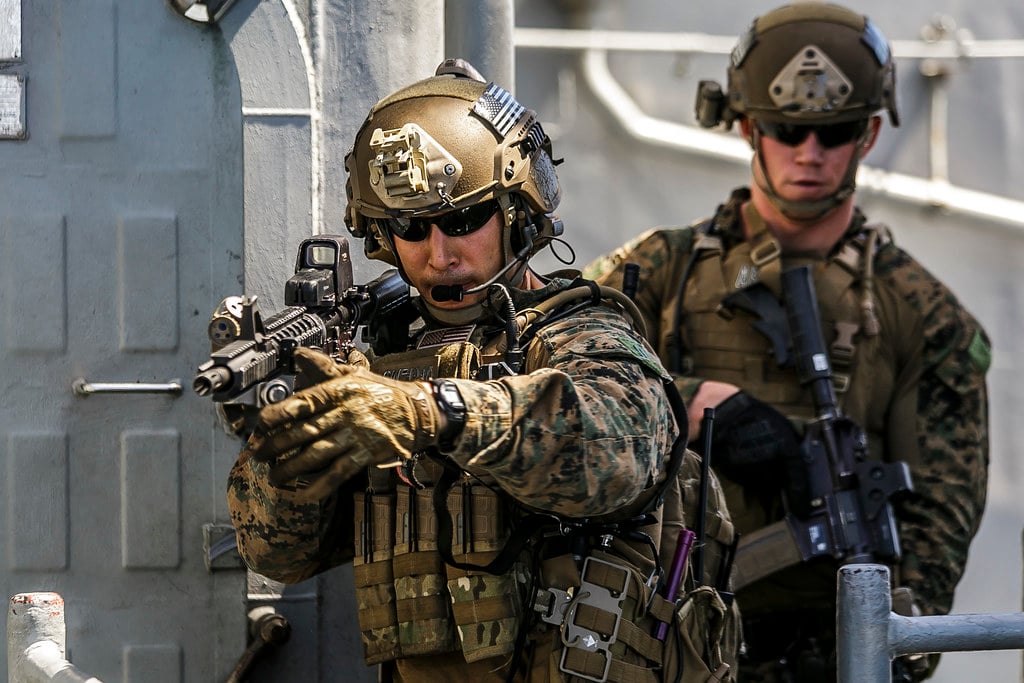
Comprising a diverse team of Navy SEALs, Marine Snipers, Recon Marines, and other highly skilled personnel, the MRF is a testament to the military’s adaptability and its ability to assemble elite task forces to address emerging challenges.
Coast Guard Maritime Safety and Security Teams (MSST)
While not typically associated with the upper echelons of special operations, the Coast Guard’s Maritime Safety and Security Teams (MSST) are a specialized unit that deserves recognition.
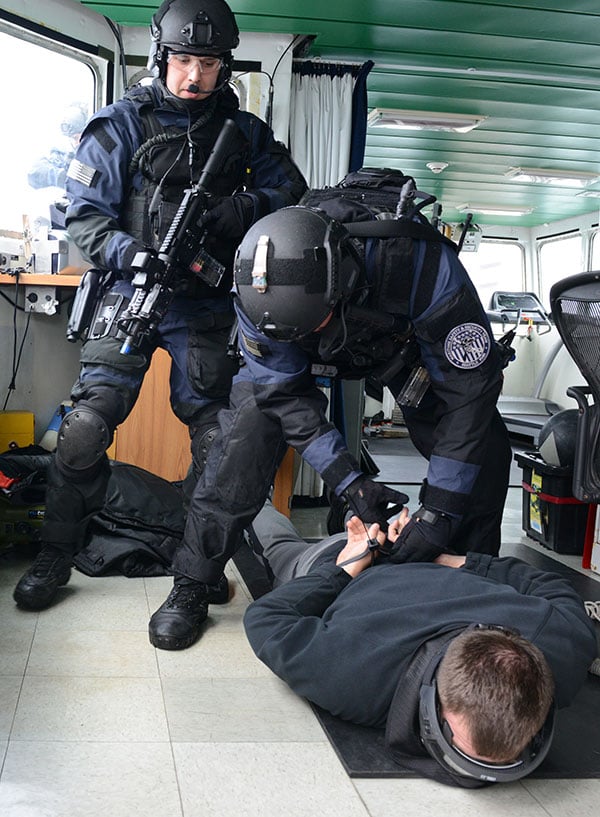
Trained in advanced tactical boat operations, anti-terrorism force protection, and a range of other specialized skills, these Coast Guard operators are prepared to execute missions ranging from maritime interdiction and law enforcement to CBRN-E detection and port protection.
Air Force Pararescue Jumpers (PJ)
Renowned for their daring rescue missions deep behind enemy lines, the Air Force Pararescue Jumpers (PJ) are an elite unit that operates just outside the top five special operations forces.
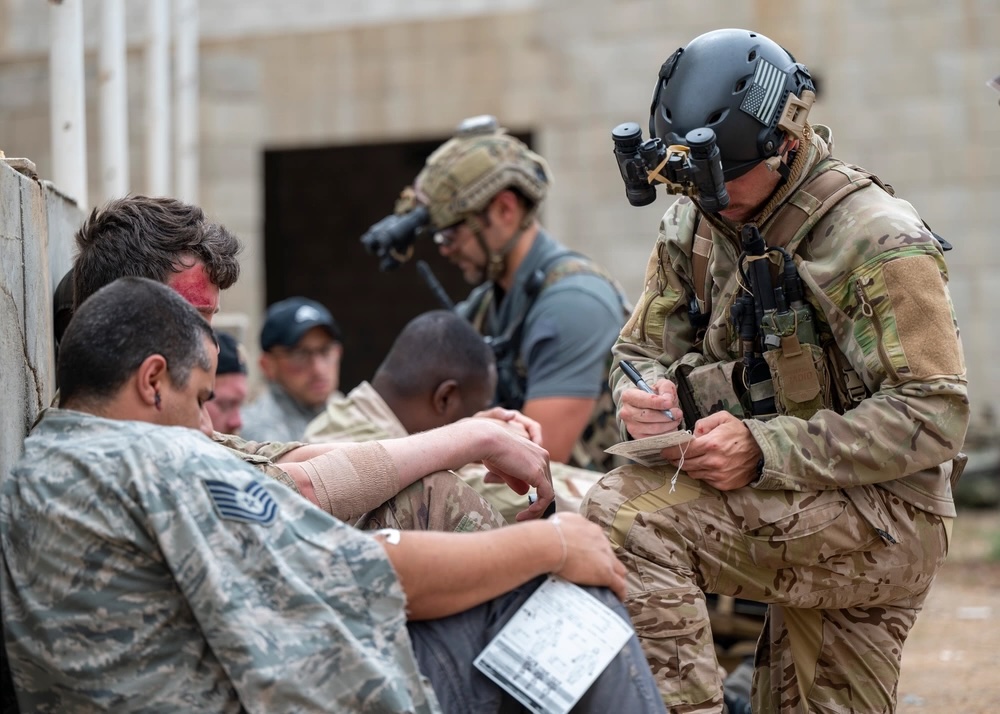
Highly trained in parachuting, combat diving, and advanced medical procedures, these operators are tasked with the critical mission of recovering and treating isolated or injured personnel, often in the face of determined enemy resistance.
US Army Rangers
As the Army’s elite light infantry shock troops, the US Army Rangers are highly trained and airborne-qualified, capable of supporting higher-level special operations units or conducting their own specialized raids and missions.
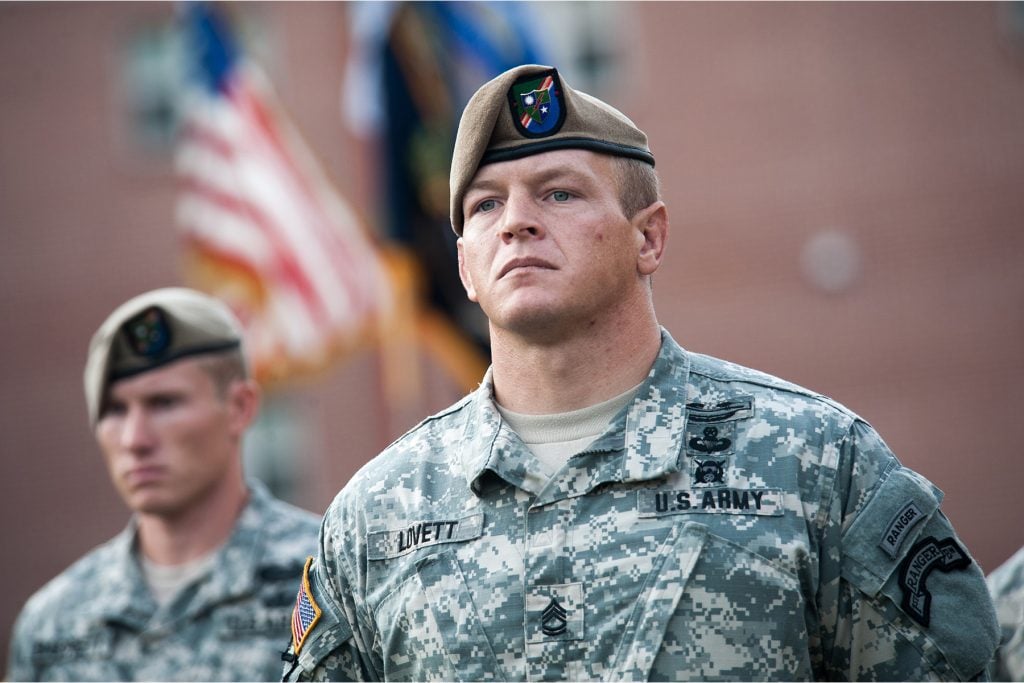
While not quite at the level of the most elite special operations forces, the Rangers’ extensive training and specialized skills, including military freefall, combat diving, and mountain warfare, make them a formidable force on the battlefield.
Recapture Tactics Team (Marine Security Forces)
Responsible for guarding Naval bases, particularly those with nuclear technology, the Recapture Tactics Team is a specialized sub-unit of the Marine Security Forces.
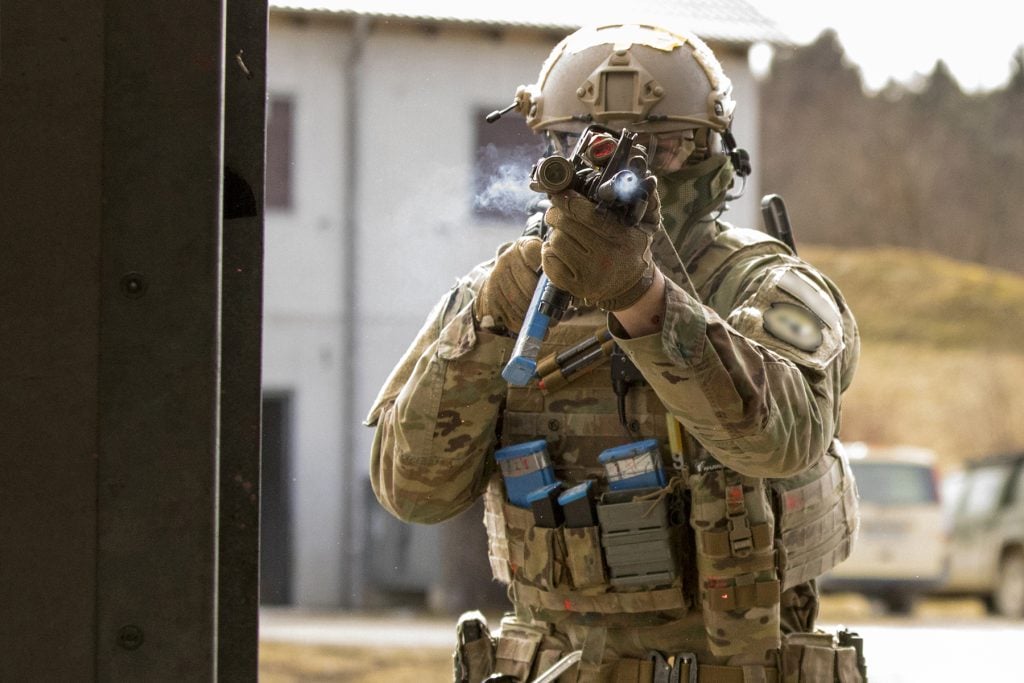
Trained in close-quarters battle, breaching techniques, and designated marksmanship, these Marines are tasked with the critical mission of assaulting well-fortified rooms and reclaiming U.S. property, showcasing their unique set of specialized skills.
Special Activities Division (CIA)
Operating in the shadows of the most covert special operations, the Special Activities Division (SAD) of the Central Intelligence Agency represents the pinnacle of deniable operations.
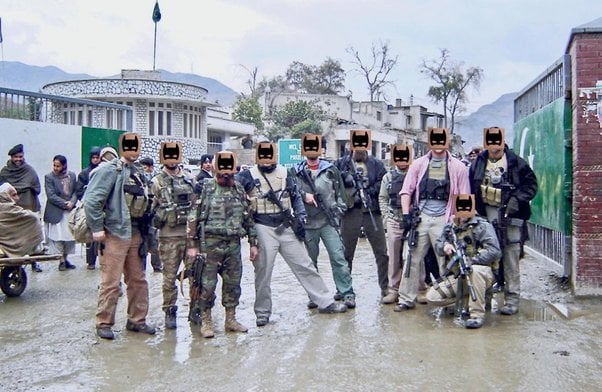
Comprised of only a few hundred highly skilled individuals, the SAD recruits from within the military, drawing on the expertise of former special operations personnel to execute sensitive missions that fall outside the purview of traditional military operations.
Marine Scout Snipers
While not considered among the most elite special operations units, the Marine Scout Snipers deserve recognition for their exceptional skills in visual reconnaissance, high-value target identification, and long-range precision shooting.
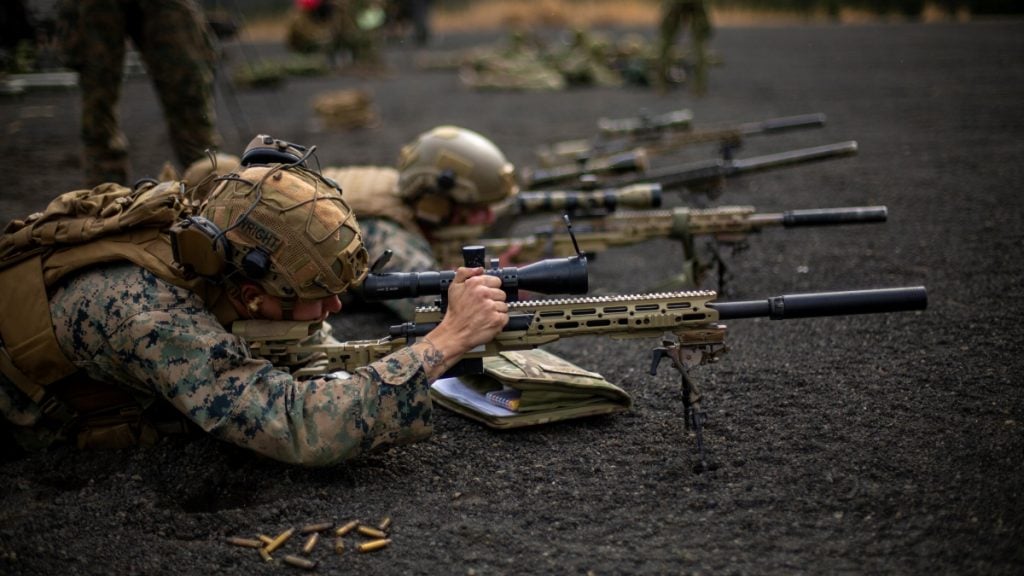
Trained in advanced marksmanship, stalking techniques, and terrain analysis, these specialized Marines provide invaluable intelligence and firepower support to larger military operations.
Navy Special Warfare Combat-craft Crewmen (SWCC)
When the Navy SEALs require specialized support, they turn to the Navy Special Warfare Combat-craft Crewmen (SWCC).
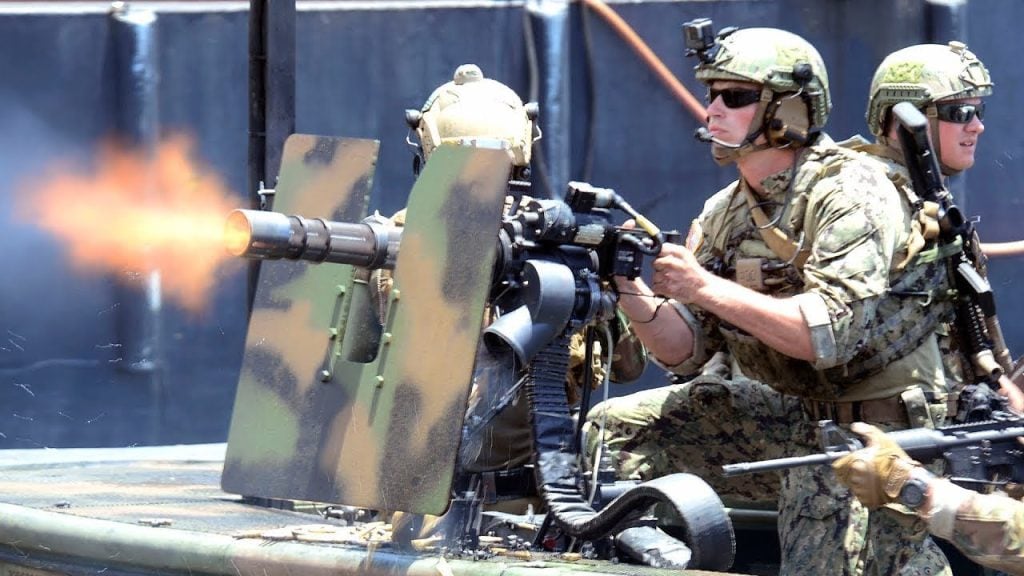
These highly skilled operators provide tactical exfiltration and reinforcement for SEAL units, leveraging their expertise in high-speed boat operations and aggressive, yet precise, tactics to aid their counterparts in the most challenging situations.
Army Green Berets (“Special Forces”)
Renowned for their rigorous initial training and their ability to work alongside local forces in unconventional warfare, the Army Green Berets, or “Special Forces,” are among the most elite groups in the world.
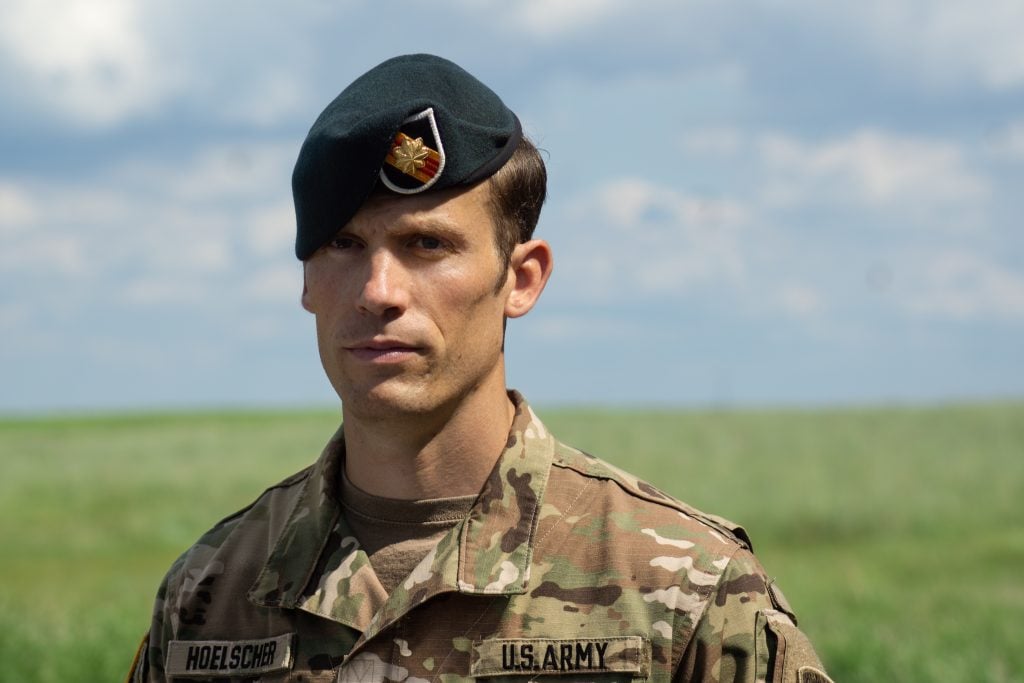
Serving as a pipeline to higher-level special operations units, such as the Army’s Delta Force and the CIA’s Special Activities Division, the Green Berets are respected for their language skills, cultural expertise, and their ability to operate effectively in diverse environments.
Asymmetric Warfare Group (AWG)
Comprising a relatively small but highly specialized team of approximately 400 individuals, the Asymmetric Warfare Group is a unique unit within the US Army that focuses on developing methods to counter asymmetric threats.
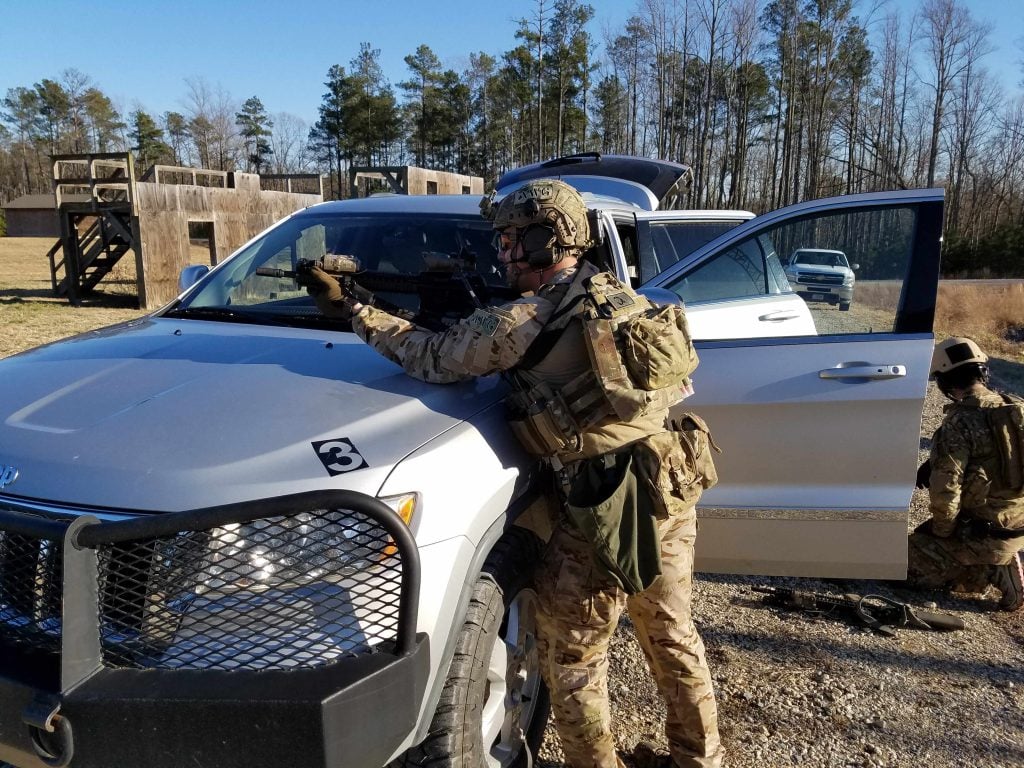
By advising officers who implement policy in the field, the AWG plays a crucial role in ensuring the military’s readiness to address emerging challenges and adapt to the evolving nature of modern warfare.


